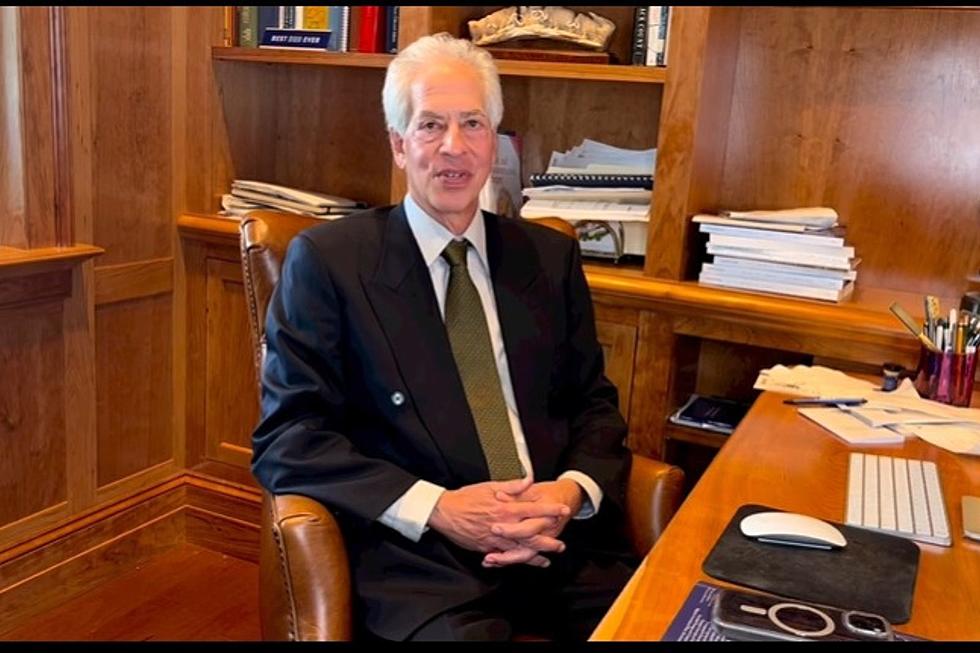Introduction
Cancer presents significant physical and emotional challenges for patients. However, the field of medicine, particularly reconstructive surgery, offers newfound hope and a path to recovery. Dr Lawrence Gray delves into the pivotal role that reconstructive surgery plays in enhancing the quality of life for cancer patients, addressing both physical and emotional aspects of their journey.
Breast Reconstruction: Restoring Confidence
Breast cancer treatment often involves mastectomy, the surgical removal of one or both breasts. For many women, breast reconstruction becomes a crucial part of their recovery journey. This reconstructive procedure aims to restore the breast’s normal appearance, helping patients regain their self-confidence and positive body image after cancer treatment. It’s a transformative option that goes beyond physical restoration, offering emotional healing and renewed self-assurance.
Head and Neck Cancer Reconstruction: Restoring Function and Aesthetics
Head and neck cancer can profoundly affect a patient’s appearance and essential functions such as eating, speaking, and breathing. Reconstructive surgery for head and neck cancer patients involves rebuilding the jaw, swallowing structures, and facial features. Surgeons utilize a combination of implants and tissues from other parts of the body to restore both function and aesthetics. These surgeries greatly enhance a patient’s quality of life, ensuring they can lead a more fulfilling and functional life post-treatment.
Skin Cancer Reconstruction: Healing and Aesthetics
Patients who have undergone skin cancer excision may face the challenge of healing and aesthetics. Reconstructive surgery offers solutions to address these concerns. Depending on the extent of the surgery, options may include skin grafts, local flaps, or even complex microsurgical free flap procedures. These procedures aim to effectively cover the wound while achieving a satisfactory aesthetic outcome, helping patients on their path to recovery.
Gynecologic and Urologic Reconstruction: Restoring Function and Self-Image
Certain gynecologic and urologic cancers may require surgical interventions that significantly alter the function and appearance of the urinary and reproductive systems. Reconstructive surgery plays a vital role in rebuilding these structures, facilitating urinary control, sexual function, and improved self-image. For cancer survivors, these procedures offer a renewed sense of normalcy and improved quality of life.
Emotional Health Considerations: Beyond Physical Restoration
Reconstructive surgery offers more than physical benefits; it provides essential psychological support to cancer survivors. Cancer surgery can take a toll on a patient’s self-esteem and body image. Reconstructive surgery helps address these emotional challenges, contributing to the healing process and positively impacting overall mental health. It empowers patients to regain a sense of control and self-assurance on their journey to recovery.
Conclusion
Dr Lawrence Gray insights highlight the transformative power of reconstructive surgery in the lives of cancer patients. From breast reconstruction to head and neck, skin, gynecologic, and urologic reconstruction, these procedures offer hope, function, and aesthetics. Moreover, the emotional healing and psychological benefits of reconstructive surgery are invaluable, helping patients rebuild their self-esteem, body image, and overall well-being. Reconstructive surgery truly plays an integral role in restoring lives and empowering cancer survivors on their path to recovery.
